Innovative ideas and devices are on the rise as heavier rainfall, harsher winters and disease-causing pests pose risks for agriculture.
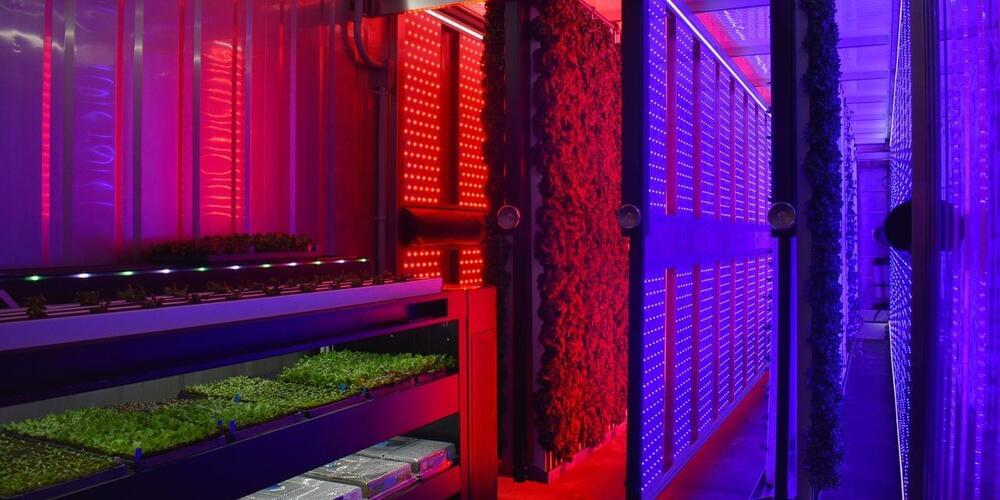

Just about anywhere you look, there are birds. Penguins live in Antarctica, ptarmigan in the Arctic Circle. Rüppell’s vultures soar higher than Mt. Everest. Emperor penguins dive deeper than 1,800 feet. There are birds on mountains, birds in cities, birds in deserts, birds in oceans, birds on farm fields, and birds in parking lots.
Given their ubiquity—and the enjoyment many people get from seeing and cataloging them—birds offer something that sets them apart from other creatures: an abundance of data. Birds are active year-round, they come in many shapes and colors, and they are relatively simple to identify and appealing to observe. Every year around the world, amateur birdwatchers record millions of sightings in databases that are available for analysis.
All that monitoring has revealed some sobering trends. Over the last 50 years, North America has lost a third of its birds, studies suggest, and most bird species are in decline. Because birds are indicators of environmental integrity and of how other, less scrutinized species are doing, data like these should be a call to action, says Peter Marra, a conservation biologist and dean of Georgetown University’s Earth Commons Institute. “If our birds are disappearing, then we’re cutting the legs off beneath us,” he says. “We’re destroying the environment that we depend on.”

Summary: Researchers developed a machine learning algorithm, FoodProX, capable of predicting the degree of processing in food products.
The tool scores foods on a scale from zero (minimally or unprocessed) to 100 (highly ultra-processed). FoodProX bridges gaps in existing nutrient databases, providing higher resolution analysis of processed foods.
This development is a significant advancement for researchers examining the health impacts of processed foods.
Dr. Ralph W. Moss and son Ben discuss how the cultivation and care of the garden of tiny plants in your body can help you fight cancer.
For more information on cancer-fighting foods and supplements, please visit our website: https://www.themossreport.com.
5 Defenders Mushroom Blend.
5 Defenders Organic Mushroom Blend Capsules
“A comprehensive self-help plan for cancer includes medicinal mushrooms. They are indispensable.” – Ralph W. Moss, PhD
For Dr. Moss’ recommended products list, please visit https://www.themossreport.com/recommended-products/
Immunotherapy: The Battle Within.
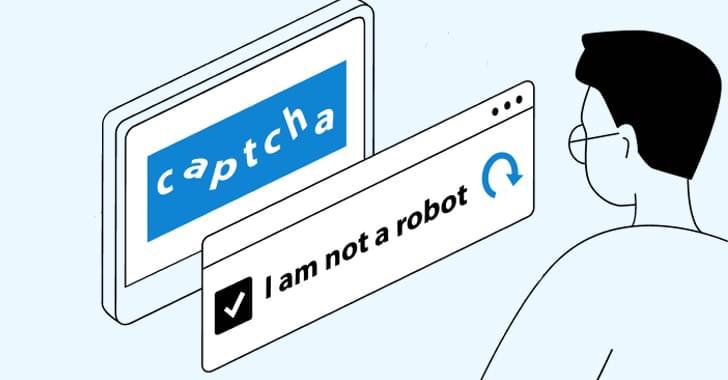
Cybersecurity researchers are warning about CAPTCHA-breaking services that are being offered for sale to bypass systems designed to distinguish legitimate users from bot traffic.
“Because cybercriminals are keen on breaking CAPTCHAs accurately, several services that are primarily geared toward this market demand have been created,” Trend Micro said in a report published last week.
“These CAPTCHA-solving services don’t use [optical character recognition] techniques or advanced machine learning methods; instead, they break CAPTCHAs by farming out CAPTCHA-breaking tasks to actual human solvers.”

But they’re not the only ones. Multiple companies are working on haptic devices, like gloves or vests, to add a sense of touch to virtual experiences. And now, researchers are aiming to integrate a fourth sense: smell.
How much more real might that peaceful meadow feel if you could smell the wildflowers and the damp Earth around you? How might the scent of an ocean breeze amplify a VR experience that takes place on a boat or a beach?
Scents have a powerful effect on the brain, eliciting emotions, memories, and sometimes even fight-or-flight responses. You may feel nostalgic with the cologne or perfume a favorite grandparent wore, comforted by a whiff of a favorite food, or extra-alert to your surroundings if it smells like something’s burning.
Algae, fried insects, and exotic lab-grown meat could all be on the menu.
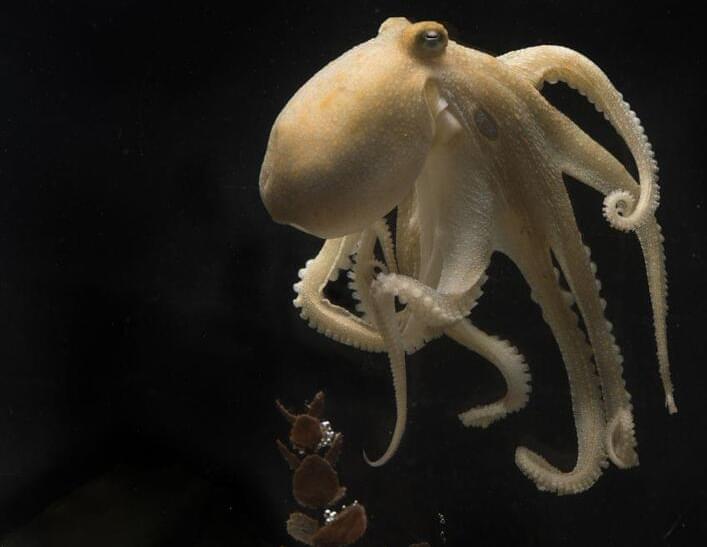
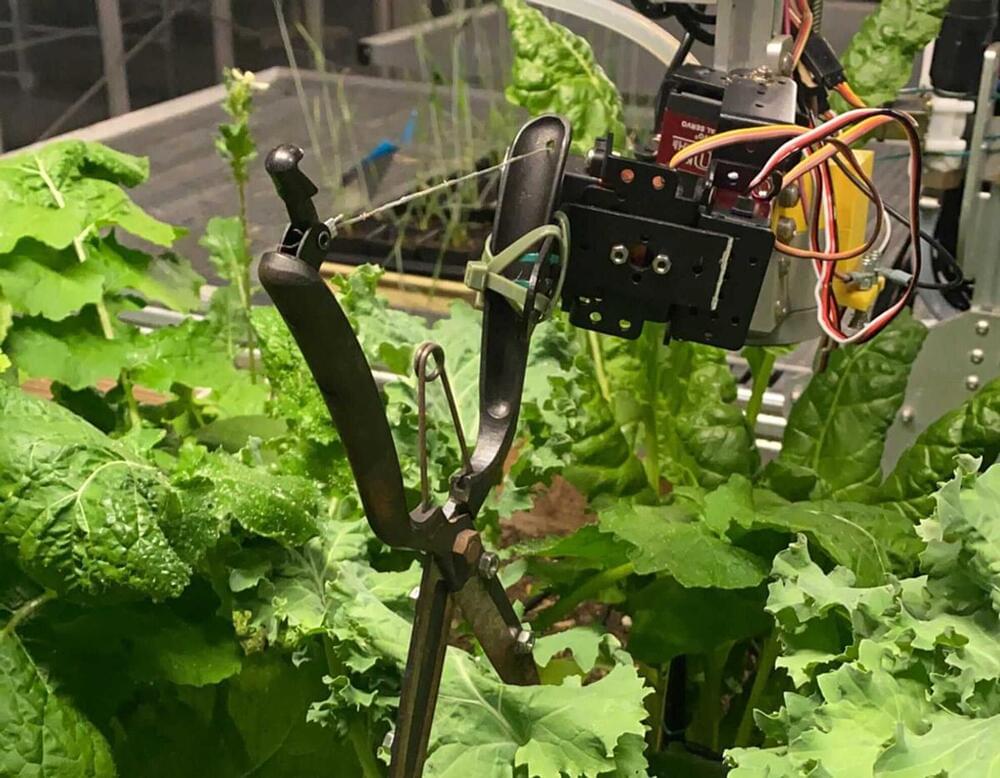
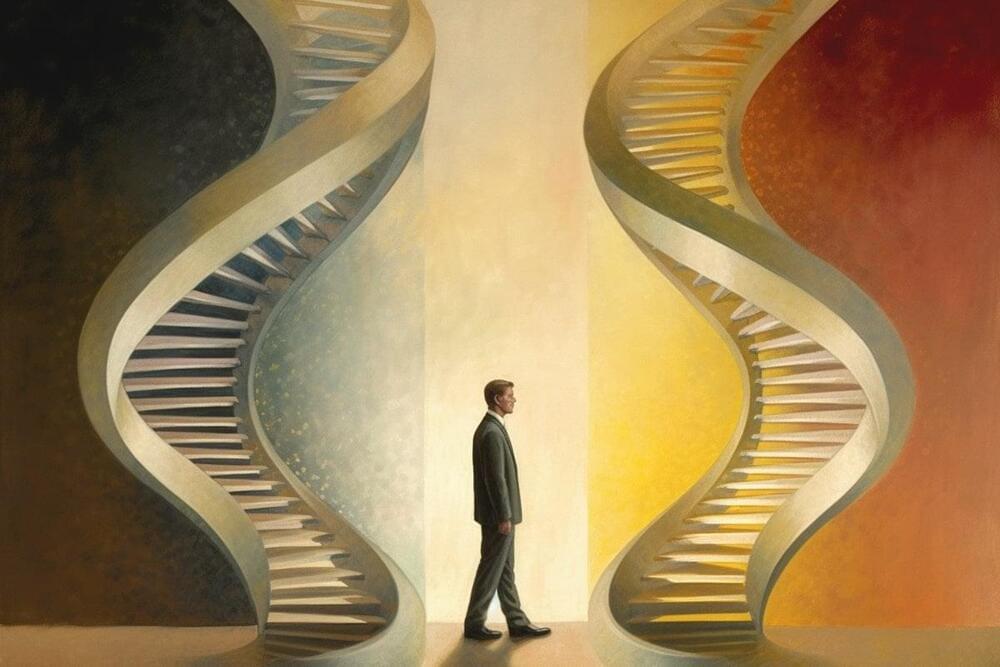
Summary: A novel study uncovers a peculiar pattern of decision-making in mice, influenced by a specific gene named Arc.
While searching for food, mice repeatedly visited an empty location instead of staying at a site abundant in food. However, mice lacking the Arc gene demonstrated a more practical approach, sticking with the food-rich site, thereby consuming more calories overall.
This unique research potentially opens the door for a new field, ‘decision genetics’, investigating the genetic influence on decision-making, possibly even in humans.